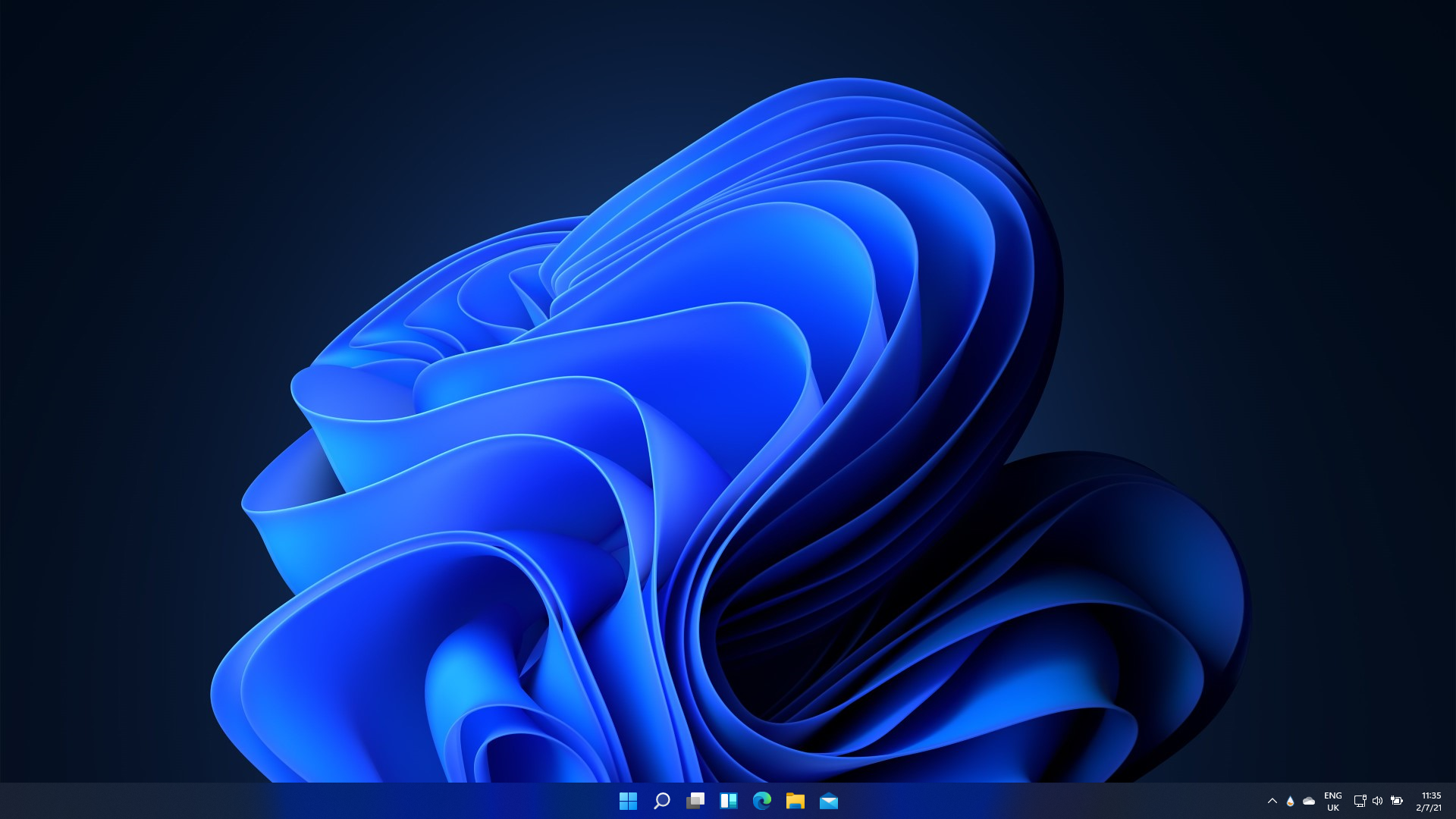Windows 11 has fewer users than both Windows 7 and Windows XP
Lansweeper data suggests Windows 11 adoption rate has almost tripled over the past three months, but uptake remains slow


Windows 11 has fewer users than both Windows 7 and Windows XP, both of which have reached the end of their respective life cycles.
Windows 10 is still the dominant version, with 80.34% of users having it on their machine, according to research from IT management analyst Lansweeper.
However, only 1.44% of users have made the jump to Windows 11, which lags behind both Windows 7 (4.70%) and Windows XP (1.71%). The slow adoption of Windows 11 has gradually become more and more of a talking point, with previous Lansweeper reports suggesting there was only a 0.3% uptake of Windows 11 over the Christmas period.
"Although the rate of adoption is increasing bit by bit, it's obvious that Windows 11 upgrades aren't going as fast as Microsoft had hoped, especially within the business environment," said Roel Decneut, chief strategy officer at Lansweeper. "Many organisations have been put off from having to buy new machines that meet these conditions, while others are simply happy with the current existence of Windows 10 which continues to be supported until 2025."
This situation will likely continue in the future unless businesses are given a compelling reason to upgrade, according to Decneut, who stressed that it's the reason IT asset management is so important for organisations. There are, of course, several reasons, for individuals and businesses, to not jump to Windows 11 just yet. But Landsweeper research suggests that the requirements for automated updates could be too much of a barrier.
Microsoft does allow for manual installation of Windows 11, regardless of a user's CPU, but for the automatic upgrade, there are still very specific requirements for CPU, RAM and the Trusted Module Platform (TPM). According to Lansweeper estimates of 30 million Windows laptops and desktop PCs from 60,000 organisations, on average, only 44.5% are eligible to receive the automatic upgrade.
Breaking it down further, it appears that the TPM is the most likely deal-breaker, with just over half of the workstations not meeting its requirements. The TPM is a standard of cryptoprocessor and users need TPM 2.0 for the automatic upgrade to Windows 11. However, Lansweeper's research suggests that around 19% of the machines tested failed here with a further 28% either not compatible or simply not enabled.
Get the ITPro daily newsletter
Sign up today and you will receive a free copy of our Future Focus 2025 report - the leading guidance on AI, cybersecurity and other IT challenges as per 700+ senior executives
Bobby Hellard is ITPro's Reviews Editor and has worked on CloudPro and ChannelPro since 2018. In his time at ITPro, Bobby has covered stories for all the major technology companies, such as Apple, Microsoft, Amazon and Facebook, and regularly attends industry-leading events such as AWS Re:Invent and Google Cloud Next.
Bobby mainly covers hardware reviews, but you will also recognize him as the face of many of our video reviews of laptops and smartphones.
-
 Should AI PCs be part of your next hardware refresh?
Should AI PCs be part of your next hardware refresh?AI PCs are fast becoming a business staple and a surefire way to future-proof your business
By Bobby Hellard
-
 Westcon-Comstor and Vectra AI launch brace of new channel initiatives
Westcon-Comstor and Vectra AI launch brace of new channel initiativesNews Westcon-Comstor and Vectra AI have announced the launch of two new channel growth initiatives focused on the managed security service provider (MSSP) space and AWS Marketplace.
By Daniel Todd
-
 Tiny11 review: Windows 11 with only 2GB of RAM
Tiny11 review: Windows 11 with only 2GB of RAMReview A version of Windows 11 for older machines that don't meet the full requirements
By Nik Rawlinson
-
 Red Hat Enterprise Linux becomes foundational operating system for Cohesity Data Cloud
Red Hat Enterprise Linux becomes foundational operating system for Cohesity Data CloudNews New strategic partnership between Red Hat and Cohesity aims to drive innovation in the data security and management space
By Daniel Todd
-
 Ubuntu shifts to four-week update cycle
Ubuntu shifts to four-week update cycleNews Critical fixes will also come every two weeks, mitigating the issues involved with releasing prompt patches on the old three-week cadence
By Richard Speed
-
 AlmaLinux follows Oracle in ditching RHEL compatibility
AlmaLinux follows Oracle in ditching RHEL compatibilityNews Application binary compatibility is now the aim with 1:1 now dropped
By Richard Speed
-
 How big is the Windows 10 cliff-edge?
How big is the Windows 10 cliff-edge?ITPro Network With some comparing the upcoming Windows 10 end of life to Windows XP, we ask members of the ITPro Network for their insight
By Jane McCallion
-
 Everything you need to know about the latest Windows 11 updates - from bug fixes to brand-new features
Everything you need to know about the latest Windows 11 updates - from bug fixes to brand-new featuresNews Two new cumulative updates are on the way and will be installed automatically on Windows 10 and Windows 11 machines
By Rory Bathgate
-
 How to download a Windows 11 ISO file and perform a clean install
How to download a Windows 11 ISO file and perform a clean installTutorial Use a Windows 11 ISO to install the operating system afresh
By John Loeppky
-
 We could all benefit from better Windows and macOS accessibility features
We could all benefit from better Windows and macOS accessibility featuresOpinion Today’s accessibility features can help you work through a nasty injury, but there’s still plenty of room for improvement
By Barry Collins